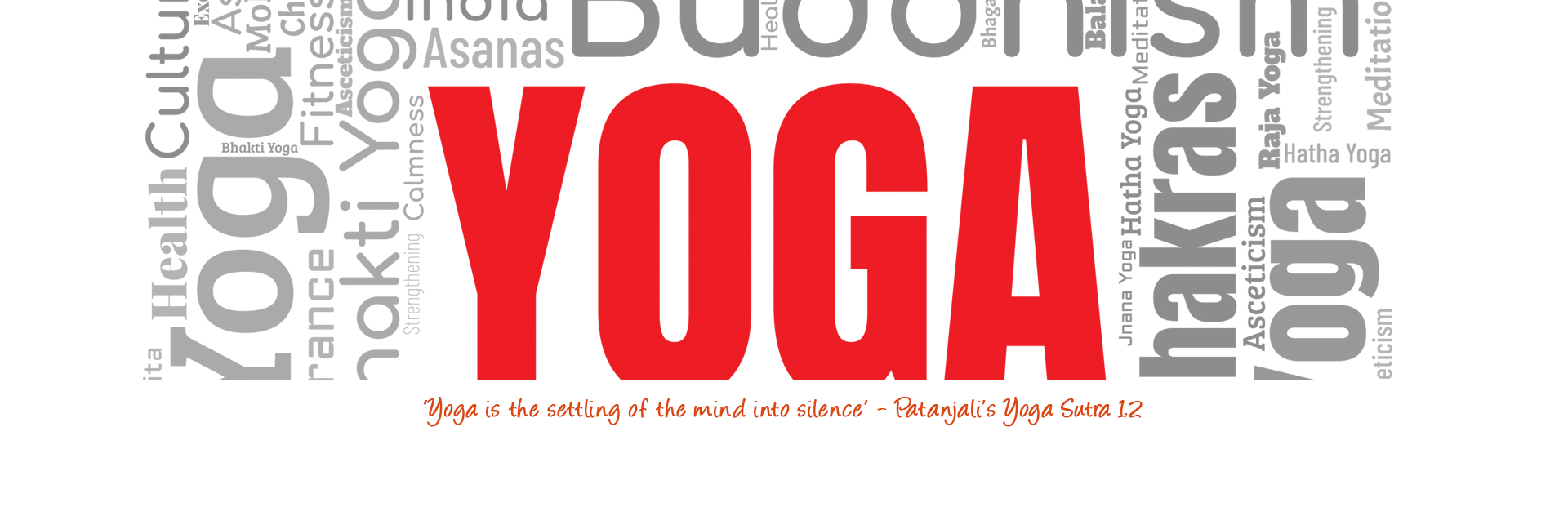The word yoga comes from Sanskrit, an Indo-European language which was used in India’s ancient sacred texts as early as 1500 BCE. Its root yug has several meanings but essentially has come to describe a way of uniting or a method of discipline. Today there are many definitions of yoga depending on who is defining it. One simple and short definition is Alistair Shearer’s English translation of Patanjali’s Yoga Sutra (1.2):
“Yoga is the settling of the mind into silence”.
Patanjali was an Indian sage who is believed to have lived around 200 BCE and has been credited with the collation of the practice of yoga which up to then had only been taught orally from teacher to student. These scriptures are called The Yoga Sutras. The Sanskrit word Sutra literally means “thread”, and in this case is often translated as “aphorism”. Patanjali’s Yoga Sutra consists of 195 aphorisms which aim at advising us on how to deal with the challenges of being human. This philosophical guidebook is regarded as the reference text of the classical yoga tradition. It has to be pointed out that very little is written about the yogic physical exercises as practised today.
The goal of “settling the mind into silence” is far from easy. Practices have been developed to create the necessary physical strength and stamina for the mind to remain still. These practices are referred to as Hatha Yoga. Literally, the Sanskrit word ha means “sun” and tha means “moon”. So Hatha Yoga can be interpreted as “the union of the pairs of opposites”. In practice, this discipline prepares the body, and particularly the nervous system, for meditation. Since its inception, various hatha yoga traditions have flourished, especially during the last century such as Iyengar, Ashtanga, Viniyoga, Sivananda, Kundalini. Some of these traditions are low impact, others more demanding; some are purely physical, others a bit more spiritual. A typical general Hatha Yoga class blends all these techniques into a balanced body-mind fitness programme. It usually consists of physical postures called asanas, breathing exercises called pranayama, relaxation and sometimes meditation. A male yoga practitioner is called a yogi or yogin, and a female practitioner is a yogini.
Today the pursuit to spiritual enlightenment is not the sole purpose of practising yoga, at least in the Western world. Its many health benefits continue to be proven by research studies. Each asana, each pranayama has its own benefits: all depends how it is practised. Generally, people who take up yoga report that they feel more relaxed almost immediately. The scientific explanation for this is that yoga can reduce levels of cortisol, the so-called stress-hormone. Other general physical benefits are the gradual increase in balance, strength and flexibility. A regular Hatha Yoga practice also enhances overall body and breath awareness that may highlight subtle shifts in sensations and emotions in our physical body and mind. These subtle changes may transcend the yoga mat and bring changes in our approach to life in general.
What Our Yoga Practitioners Say
![]()



